
OR
Editorial
Exercise caution in raising public debt
Published On: June 30, 2023 07:20 AM NPT By: Republica | @RepublicaNepal

In recent times, the escalating public debt, including foreign loan burden, in our country have reached an alarming level, prompting lawmakers to raise their voices of concern. With public debt approaching half of our GDP, it is imperative that the government takes immediate action to prevent our nation from falling into a debt trap. The Public Debt Management Office (PDMO) records reveal that Nepal's public debt has soared to a staggering Rs 2.173 trillion, representing a debt to GDP ratio of 44.79 percent. This substantial increase from the 22.7 percent recorded in mid-July 2017 is a cause for great concern. It is crucial for us to understand the underlying factors contributing to this escalation.
One of the main reasons behind this is unproductive borrowing and rising recurrent expenditure of the government. In recent years, our government has resorted to substantial borrowing for various purposes such as implementing the federal system, reconstructing earthquake-damaged structures, and addressing the challenges posed by the COVID-19 pandemic. However, it is disconcerting to note that a significant portion of the borrowed amount has been allocated towards recurrent expenditure rather than productive investments. The government's heavy reliance on borrowing has been exacerbated by the inability to meet revenue targets, leading to a budget deficit. For the fiscal year 2023/24, the government aims to borrow a staggering Rs 453 billion, with a substantial portion dedicated to servicing past debts. This pattern of borrowing without considering the returns on investment is unsustainable and poses a serious threat to our nation's financial stability.
Lawmakers, recognizing the gravity of the situation, have rightly demanded that the government exercise prudence in utilizing borrowed funds and establish an accountable system for managing public debt. Regular assessments of the utilization and productivity of public debt are essential to ensure transparency and prevent further accumulation of unproductive debt. Lawmaker Dr Swarnim Wagle in parliament urged the government to publish periodic reports on debt sustainability analysis. Given the current debt-to-GDP ratio of nearly 50 percent, such an assessment becomes crucial for a country like Nepal, which faces significant economic challenges. A comprehensive understanding of our debt situation will help us formulate effective strategies to address the issue. Another lawmaker Gokarna Bista rightly highlighted the decline in capital formation despite the increasing debt burden. This trend is worrisome, as a low-income country like Nepal heavily relies on capital investment for economic growth. It is crucial to reverse this trend and prioritize productive investments that will yield long-term benefits for our economy.
As a newspaper closely following the country’s public debt and ever increasing foreign loans, we believe that the lawmakers' concerns are not unfounded. A high debt-to-GDP ratio coupled with declining capital formation poses significant risks to our economy. It is imperative that the government takes immediate action to address this issue. Implementing austerity measures, ensuring fiscal discipline, and redirecting borrowed funds towards productive sectors will help mitigate these risks. The current trajectory of rising public debt and foreign loans in the country demands urgent attention from the government. It is essential for the government to exercise caution and adopt austerity measures to prevent our nation from plunging into a debt trap. Periodic assessments of debt utilization and productivity are critical for transparency and accountability. By taking decisive action now, we can secure a brighter and more sustainable economic future for Nepal.
You May Like This
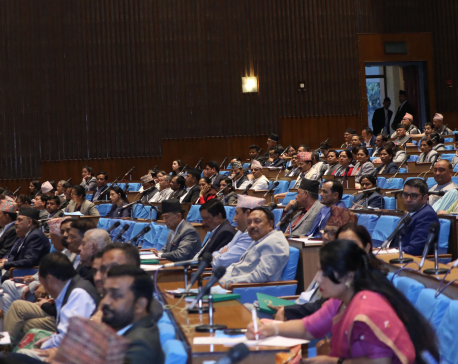
Public debt approaching half of the country’s GDP is an alarming sign: Lawmakers
KATHMANDU, June 29: Lawmakers have termed the soaring public borrowing as ‘alarming’ for the country, stating that the debt trap... Read More...

Various student unions text lawmakers to press for withdrawing constitution amendment bill
KATHMANDU, Dec 15: Various student unions protesting the constitution amendment proposal today sent texts through mobile phone sets to lawmakers... Read More...

Lawmakers blame ministers of draining budget into their home districts
KATHMANDU, July 3: Lawmakers of different political parties have blamed the ministers of allocating huge amount of budget in their... Read More...
_20240508123602.jpg)
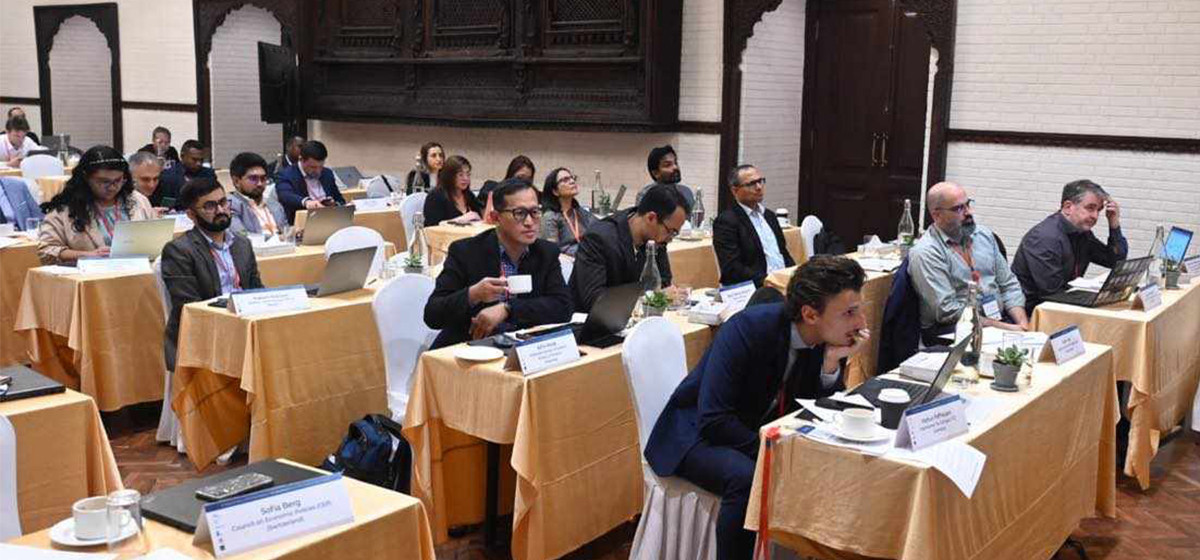


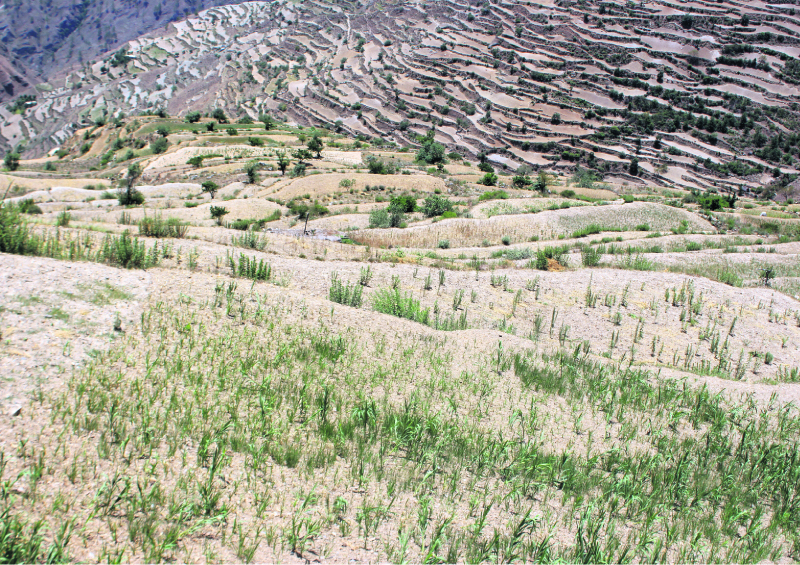
-1200x560_20240508161434.jpg)
Just In
- Korea to take Nepali workers for jobs in service sector and forestry: Ambassador Park
- Why do US Firms Invest Less in Nepal?
- Rainfall likely in Koshi, Madhesh, Bagmati, Gandaki and Lumbini provinces today
- 'A number of cooperatives faced financial crisis due to rampant loans to relatives'
- JSP's split threatens political stability
- Drought takes its toll in Humla
- Political parties ‘neglect’ implementing constitutional provision to eradicate untouchability
- NEPSE marginally down by 0.21 points, while daily turnover increases to Rs 2.54 billion



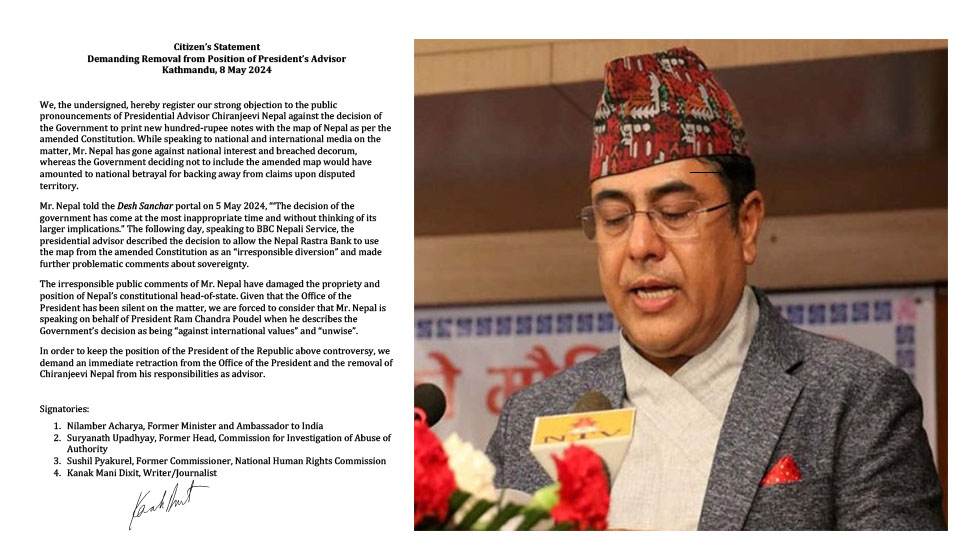
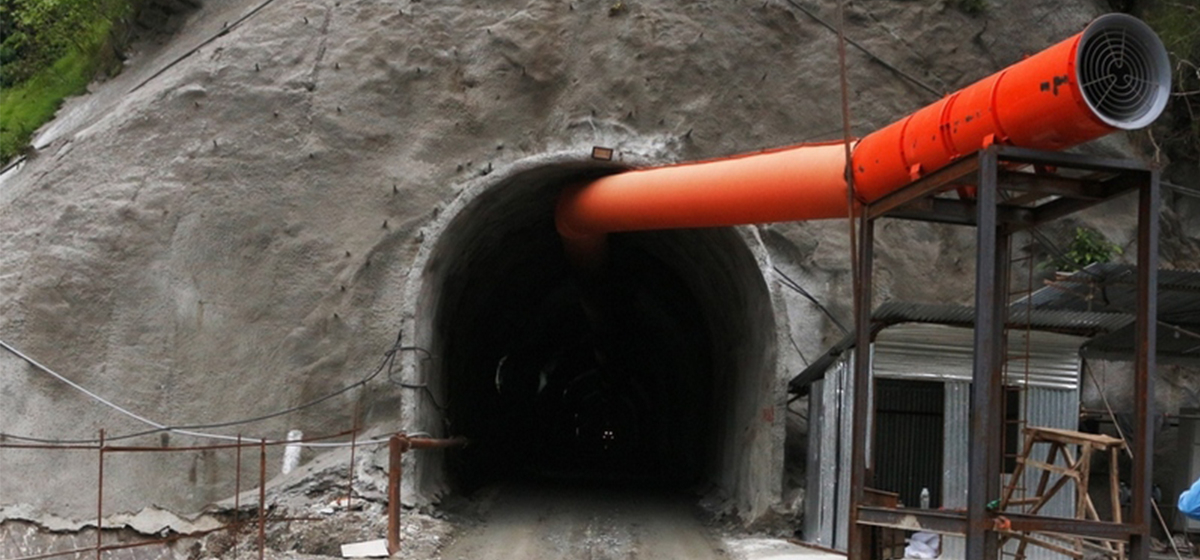








Leave A Comment